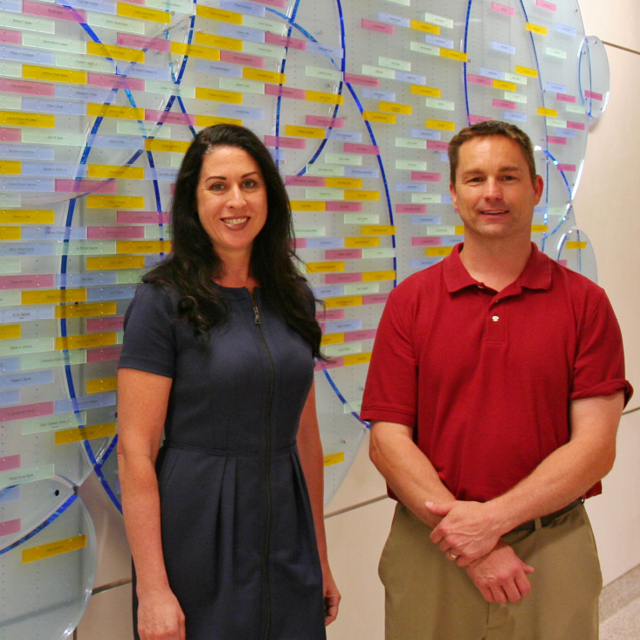Clinical technician Pratishtha Khanna received the call no daughter wants to receive: Her father was in serious condition and being helicoptered to The Johns Hopkins Hospital as a result of his deteriorating heart disease condition. She was working in the Medical Intensive Care Unit that night in May 2015 and rushed to her father’s bedside while he was on life support. Though he recovered from that incident, he passed away two months later from a stroke.
“My father was a kind man who wanted to contribute to the community he lived in,” said Khanna. “We honored his wishes and made the decision to donate his tissue, corneas and long bone. It’s comforting to know his gift is giving people growth and happiness.”
At The Johns Hopkins Hospital, there are typically 12 to 20 organ donors a year. “Out of the 1,000 deaths that occur each year at the hospital, about 2 percent are eligible to be organ donors,” as a patient needs to be on a ventilator and in the intensive care unit to be a candidate, says Clint Burns, Living Legacy coordinator for The Johns Hopkins Hospital. Living Legacy, Maryland’s organ procurement organization, facilitates every step of the process in all 32 acute care hospitals in Maryland.
The hospital recognizes this special group of donors during National Donate Life Month, celebrated in April each year by hospitals around the country to encourage Americans to register as organ, eye and tissue donors. The Johns Hopkins Hospital’s flag-raising event was held on April 5 at the Orleans Street entrance and was attended by over 100 donor families and employees
The Johns Hopkins Hospital honors donors in another way, too. Every year, around 60 names are added to the 6-feet-by-16-feet wall installed in the Nelson/Harvey Building to commemorate the deceased Johns Hopkins patients who donated their organs or tissues. Thousands more are memorialized on the state-of-the-art, touch-screen display next to the wall.
Burns says by the end of 2017, visitors will no longer have to go to the Motor Vehicle Administration to register as an organ donor. With the swipe of a driver’s license and a few taps of a finger, visitors can designate their choice through the wall’s touchscreen display.
Burns, who received a liver transplant himself 23 years ago, says there’s a misconception that organ donation puts a burden on the family with a dying loved one. “Organ donation is a gift we are able to offer a family on the worst day of their life,” he says. “The miracle that you can save another life; it’s a silver lining when there’s nothing at all.”
For Khanna, her father’s story came full circle when she received letters of love and gratefulness from the recipients of her father’s organs, a gesture she says brings her immense peace. “There’s nothing more encouraging than knowing his gift brings comfort to others. Although his physical being has passed, he lives on in people who appreciate the gift. Through the gift of donation, the recipients have become family—connected forever.”

